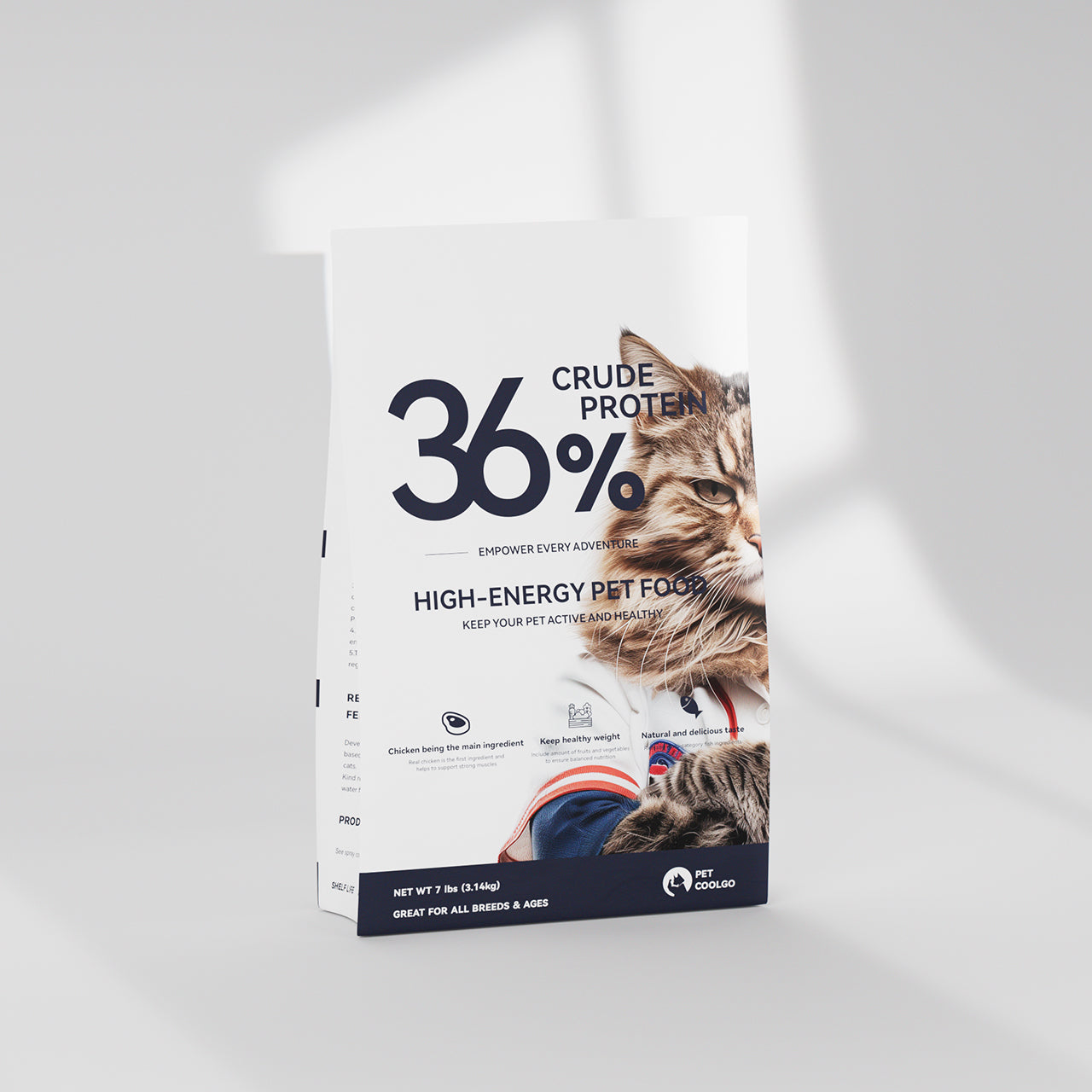Unleash the Secret to Finding Irresistibly High-Protein Cat Food!
As cat owners, we all want the best for our furry friends, and that often starts with their diet. High-protein cat food has emerged as a critical aspect of feline nutrition, playing a vital role in their overall health and well-being. Unlike humans, cats are obligate carnivores, meaning their bodies are designed to thrive on protein-rich diets. This has led to a growing awareness among pet owners about the importance of protein in cat food, as it supports muscle maintenance, energy levels, and even a shiny coat. In this article, we will explore the significance of high-protein diets for cats and how to choose the best high-protein cat food for your beloved pet.

Understanding Protein Needs in Cats
To fully appreciate the significance of high-protein cat food, it's essential to understand the nutritional requirements of our feline companions. Cats require a diet that is rich in protein to sustain their energy levels and maintain their muscle mass. As obligate carnivores, they derive most of their nutritional needs from animal proteins. This means that protein plays a crucial role in their diet, promoting not only their physical health but also contributing to their overall vitality. Adequate protein intake is essential for various bodily functions, including the production of enzymes, hormones, and antibodies. Without the right amount of protein, cats can experience decreased energy levels, muscle wasting, and other health issues. A friend of mine, who recently adopted a rescue cat, noticed a significant improvement in her cat's energy and coat condition after switching to a high-protein diet, which highlights the profound impact that quality nutrition can have on a cat's quality of life.
Identifying High-Protein Cat Food
Identifying high-protein cat food requires a keen eye for detail, especially when reading ingredient labels. Look for cat food that lists high-quality animal protein sources, such as chicken, turkey, or fish, as the first ingredient. Additionally, be cautious of vague terms like "meat by-products," which may not provide the same nutritional benefits. It's not just about the quantity of protein; the quality matters too. Ideally, the protein content in dry kibble should be at least 30% and in wet food around 40% or higher. A useful tip is to look for food with a high protein-to-fat ratio, which indicates a balanced profile that supports healthy weight and muscle maintenance. Furthermore, consider consulting with your veterinarian to ensure that the selected food meets your cat's specific dietary needs, especially if they have any health concerns.
Types of High-Protein Cat Food
The market offers a variety of high-protein cat food types, each with its unique benefits. Dry kibble is convenient and often more economical, but it can vary significantly in protein content. Wet food, on the other hand, typically contains higher protein levels and additional moisture that can be beneficial for hydration. Raw diets have gained popularity among cat owners, as they are thought to mimic a cat’s natural diet, providing high protein levels and essential nutrients. However, they require careful handling to avoid bacterial contamination and should be balanced with other nutrients. Each type has its pros and cons, so it’s important to evaluate your cat’s preferences and nutritional needs. A friend of mine swears by wet food for her cat, noting that it has not only increased her cat's protein intake but also improved her hydration.
Tips for Transitioning to High-Protein Cat Food
Transitioning your cat to a high-protein diet should be done gradually to avoid digestive upset. Start by mixing small amounts of the new high-protein food with their current food, slowly increasing the ratio over a week or two. Monitor your cat's health and behavior during this transition, ensuring they are adjusting well to the new diet. It's also crucial to keep an eye on their weight and overall health, as some cats may need time to adapt to the new protein levels. Offering a balanced diet throughout this process will ensure they receive all necessary nutrients. My neighbor faced challenges when transitioning her cat to a high-protein diet, but by taking it slow and being mindful of her cat’s reactions, she found a successful balance.
Common Myths about High-Protein Cat Food
Despite the growing popularity of high-protein cat food, several myths and misconceptions still exist. One common myth is that high-protein diets can lead to kidney issues in cats. However, this is a misunderstanding; as long as cats are healthy and properly hydrated, a high-protein diet is generally safe and beneficial. Another misconception is that all proteins are created equal; not all protein sources provide the same nutritional value. Understanding the difference between high-quality animal proteins and lower-quality fillers is paramount. Debunking these myths can empower pet owners to make informed decisions about their cats' diets, ensuring they receive the best possible nutrition.
Making Informed Choices for Your Cat’s Nutrition
In summary, choosing high-protein cat food is paramount for the health and well-being of your feline companion. By understanding their unique nutritional needs, identifying quality food options, and debunking common myths, pet owners can make informed choices that prioritize their cats' health. Remember, a high-protein diet can lead to improved energy levels, muscle maintenance, and overall vitality. As you explore the various options available, trust that you are making a significant investment in your cat's long-term health. Your furry friend deserves the best, so take the time to find the best high-protein cat food that suits their needs.






Comments